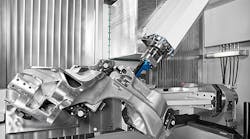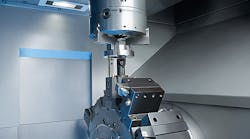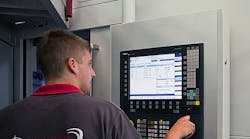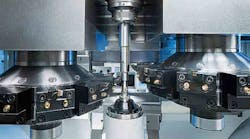The European Machine Tool Industry Association (CECIMO) estimated 2% growth for the region’s machine tool sector in 2015, up to €23.6 billion ($25.7 billion) on the strength of regional industrial demand increases, which it added would support growth expectations for 2016.
As recently as early October, the same group had predicted the sector’s 2015 growth would hit 3%.
CECIMO is a union of trade associations for over 1,500 companies across the European Union, companies who are responsible for 97% of machine tool production in the region. They also comprise over 33% of the world’s machine tool production capacity. In addition to documenting trade and production developments, the group works to articulate policies for the machine tool sector.
European machine tool builders rely heavily on exports, which have accounted for as much as 40% of all shipments in recent years. CECIMO noted that the decline in global industrial demand during 2015 has limited growth for its members, but it also emphasized that “strong business sentiment” in Europe is driving capital investment there, “and makes up for the external markets’ contraction.”
Following a 10% expansion in shipments in 2014, EU machine tool consumption is forecast to continue growing in 2015, but more modestly at 4%, or €14.2 billion ($15.5 billion.)
CECIMO noted EU machine tool consumption was strong in the second quarter of 2015 but slowed in the second half of the year. Still, the group maintains that European machine tool consumption will continue growing by 3.5% annually for the next four years.
Meanwhile, domestic machine tool consumption also promotes EU machine tool imports, and the “weak” Euro makes importing new machines more expensive. The group expect imports to increase 4% for 2015, to €9.2 billion ($10 billion), thanks to regional industrial demand.
Exports, too, are forecast to increase for 2015. Though declining demand in China and other industrial nations has hindered the growth rate for CECIMO’s machine-tool exports, the group expects exports to expand by 3% to €18.7 billion in 2015.
“CECIMO exports to almost 200 different countries. In the key machine tool consuming markets, we are a leading supplier of manufacturing solutions which proves that our machines are not only the most competitive but also very often irreplaceable. Nonetheless, we need a level playing field and an effective EU trade policy,” explained Dr Frank Brinken, the Chairman of CECIMO Economic Committee and Vice-Chairman of Starrag Holding AG.










